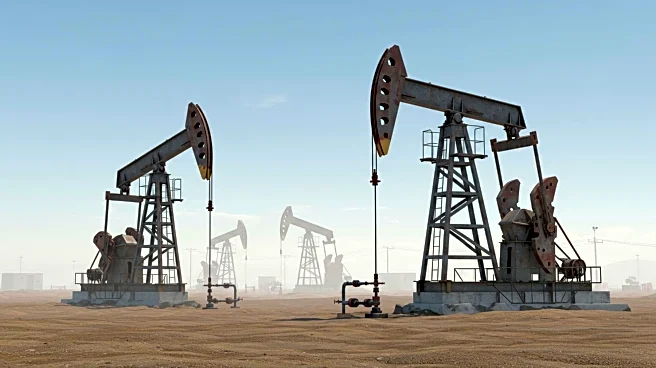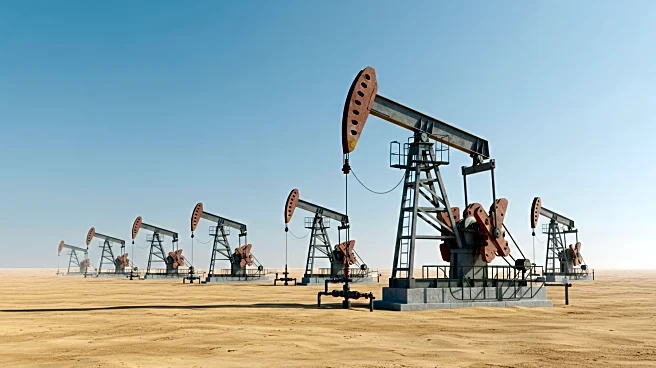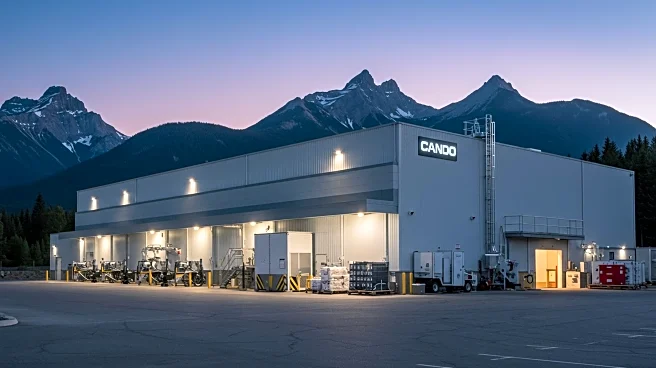Rapid Read • 8 min read
Canadian oil sands companies, including Canadian Natural Resources Ltd. and Imperial Oil Ltd., are implementing strategies to increase production while reducing capital expenditure. These companies are extending maintenance cycles from one year to two years, which helps save costs and boost output. Suncor Energy Inc. has also completed a major coke-drum replacement at its Base Plant ahead of schedule, allowing it to cut capital expenditure guidance by C$400 million in 2025. Despite a decline in crude oil prices by 11% over the past year, these efficiency measures have helped maintain the breakeven price for oil sands companies at approximately $27 per barrel, according to Kevin Birn, chief analyst for Canadian oil markets at S&P Global.
AD
The strategies adopted by Canadian oil sands producers are significant as they address the challenges posed by declining oil prices and rising cost inflation. By extending maintenance cycles and optimizing existing infrastructure, these companies are able to sustain production levels and manage costs effectively. This approach not only helps in maintaining profitability but also ensures the stability of the oil sands industry, which is a crucial component of Canada's energy sector. The ability to keep breakeven prices steady despite market fluctuations is vital for the long-term viability of these companies and the broader economic impact on regions dependent on oil sands production.
As Canadian oil sands companies continue to refine their operational strategies, further efficiency improvements and cost-saving measures are likely to be explored. The industry may see increased investment in technology and infrastructure upgrades to enhance production capabilities. Additionally, the ongoing monitoring of global oil market trends will be crucial for these companies to adapt their strategies in response to price changes and demand fluctuations. Stakeholders, including investors and policymakers, will be closely watching these developments to assess the future trajectory of the oil sands sector.
The shift towards longer maintenance cycles and reduced capital expenditure in the oil sands industry may have broader implications for environmental and regulatory considerations. As companies push existing infrastructure harder, there may be increased scrutiny on the environmental impact and sustainability of these practices. Additionally, the focus on cost efficiency could influence regulatory policies related to maintenance standards and operational safety. The balance between economic gains and environmental responsibility will be a key area of interest for industry observers and policymakers.
AD
More Stories You Might Enjoy











